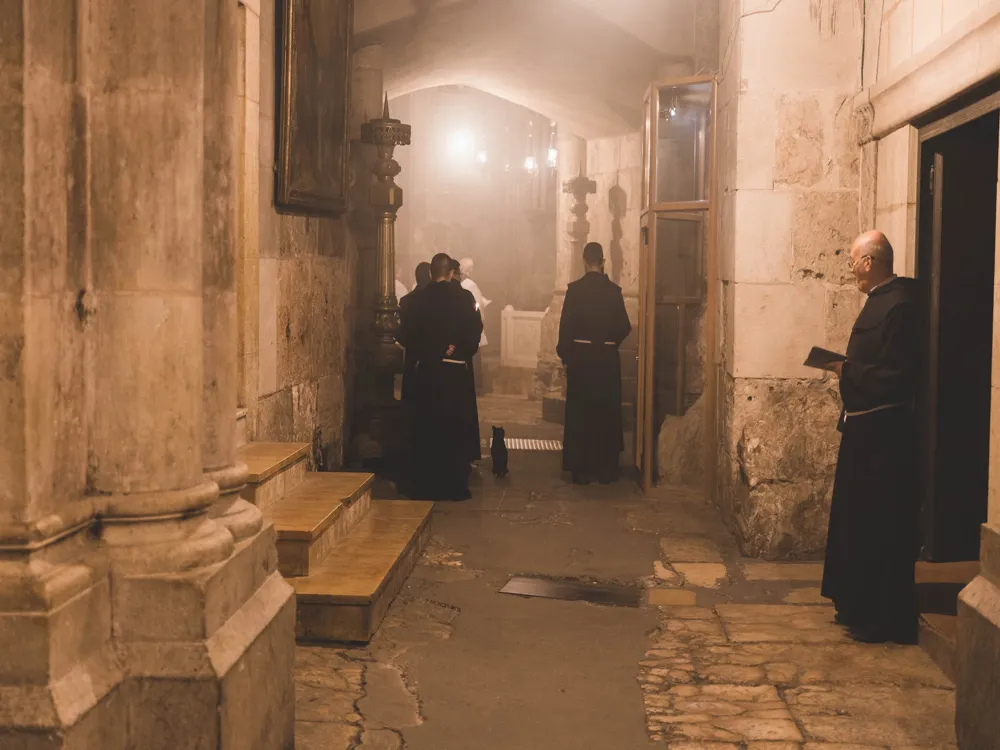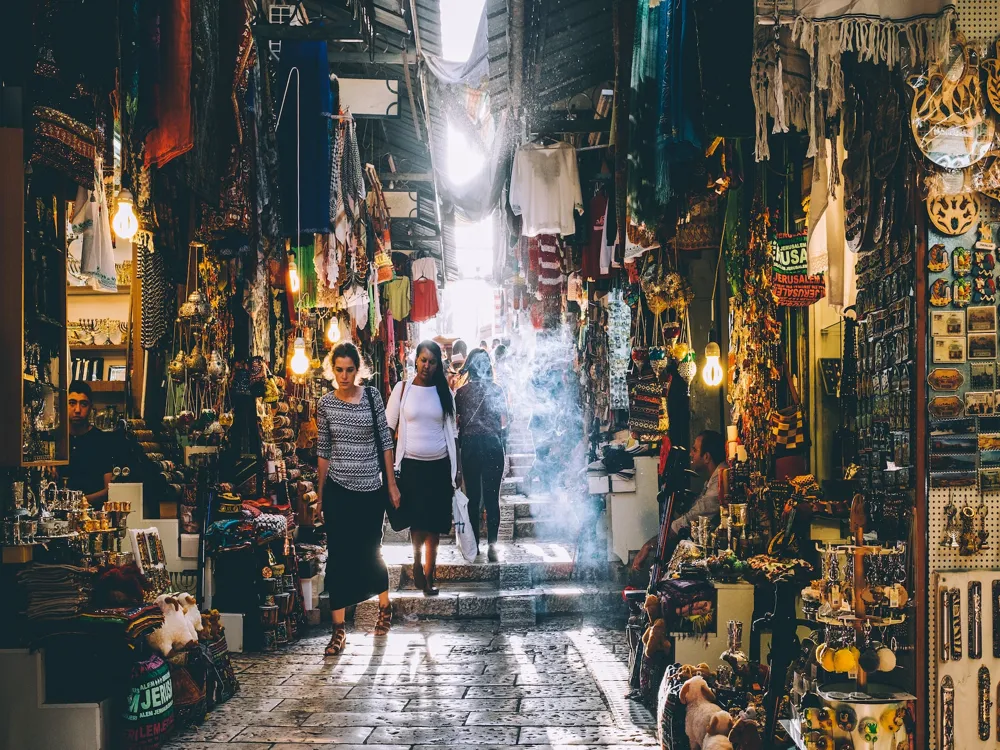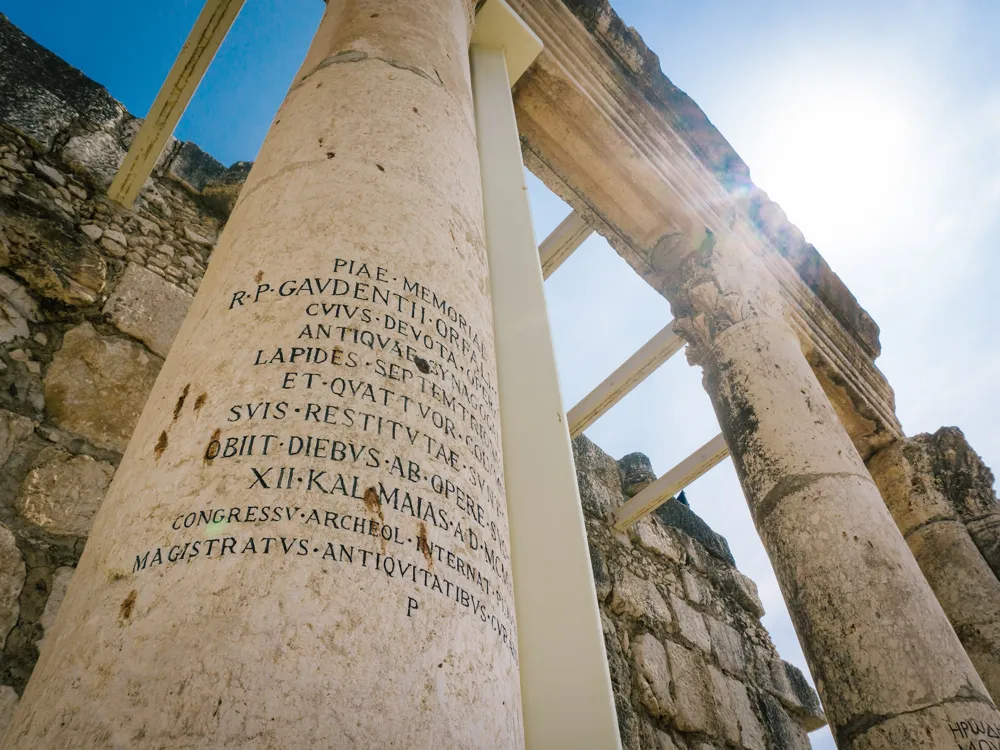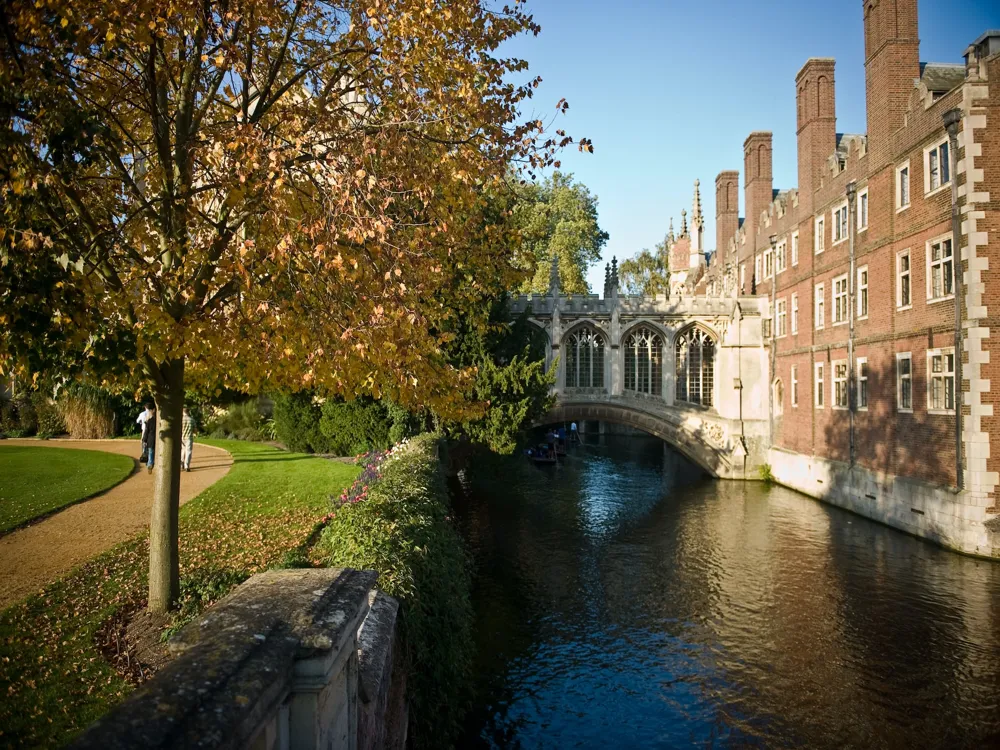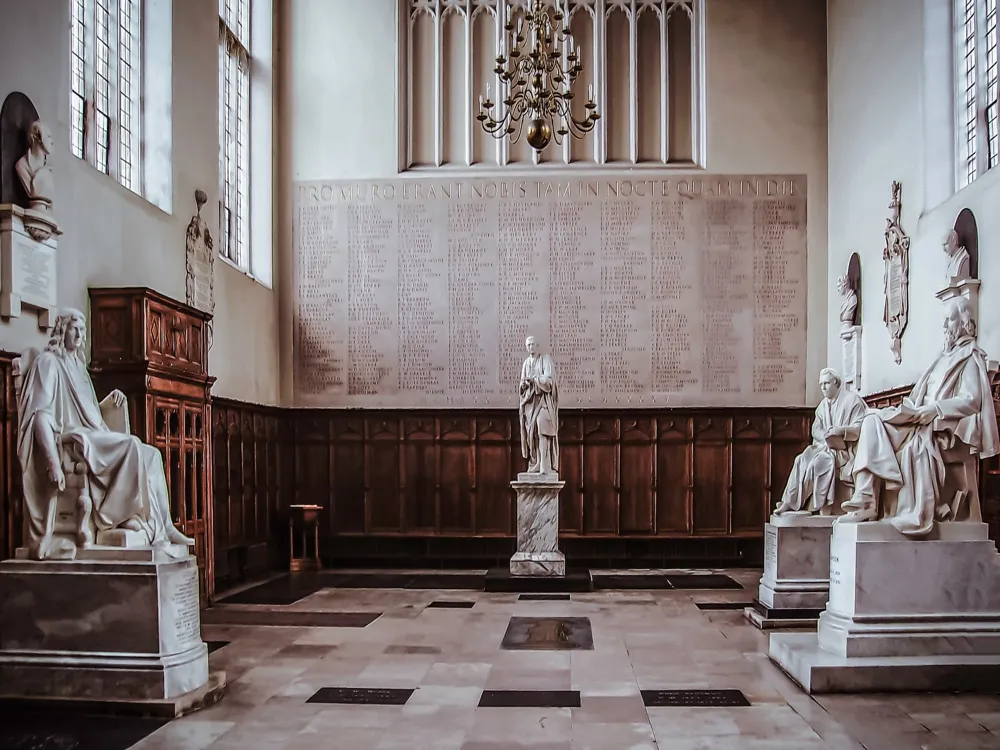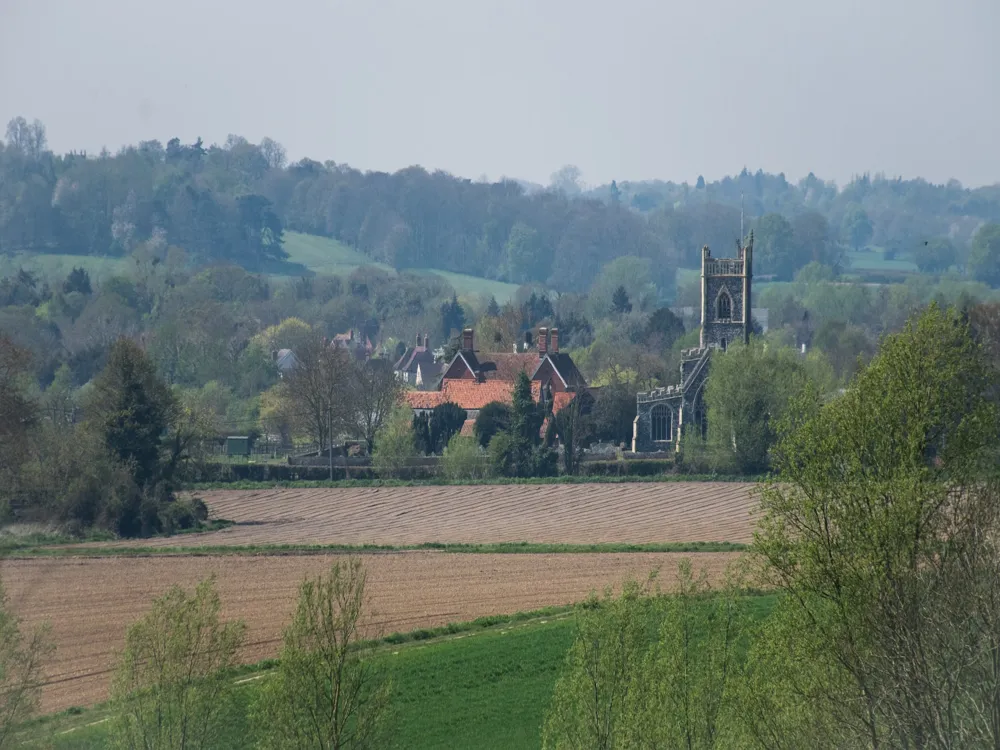Yad Vashem, located in Jerusalem, stands as a profound memorial to the victims of the Holocaust. This significant site serves not only as a remembrance of the past but also as a messenger for future generations. Spread across a vast area, Yad Vashem encompasses a variety of memorials, museums, and educational centers, each contributing to the holistic narrative of the Holocaust. Established in 1953, it has since been a focal point for research, education, and commemoration of the Holocaust. The core of Yad Vashem is its comprehensive Holocaust History Museum, which delves deep into the lives of victims, survivors, and the overall impact of the Holocaust. The museum's exhibits are meticulously curated, showcasing a wide array of personal items, photographs, and documentaries. These exhibits not only narrate the chronological events of the Holocaust but also provide deep insights into the emotional and human aspects of this tragic period. Beyond the museum, Yad Vashem houses the Hall of Names, an emotional centerpiece where the names and personal details of millions of victims are preserved. This hall symbolizes a commitment to never forget those who perished. The Children's Memorial, another integral part of Yad Vashem, pays special tribute to the 1.5 million Jewish children who were killed during the Holocaust. This memorial, uniquely designed, creates an immersive experience for visitors, filled with reflection and remembrance. Yad Vashem is not only a place of mourning but also of education. The International School for Holocaust Studies at Yad Vashem plays a pivotal role in Holocaust education, offering varied programs and resources for students, educators, and researchers. The institution's extensive archives and libraries provide invaluable resources for scholars and the public, promoting a deeper understanding of the Holocaust's history and its implications for the present and future. The architecture of Yad Vashem is as poignant as its purpose. Designed by renowned architect Moshe Safdie, the complex's design is a blend of solemnity and hope. The main museum is constructed as a prism-like triangular structure, cutting through the Mount of Remembrance. This form symbolizes the descent into the depths of the Holocaust's despair and the subsequent ascent toward hope and light. The museum's architecture uses natural light in a way that contributes to the narrative journey. As visitors progress through the museum, the play of light and shadow creates an atmosphere that evokes the emotional journey of the Holocaust. The use of raw, unadorned concrete in the museum's construction adds to the somber and reflective ambiance, making it a space that commands introspection. The Hall of Names, a significant architectural element, features a conical structure with pictures of Holocaust victims on the upper section and a reflective pool below, representing the missing identities of countless victims. This architectural masterpiece allows visitors to engage with the memories of the victims in a space that is both haunting and contemplative. The outdoor spaces of Yad Vashem, including the Garden of the Righteous Among the Nations, are equally evocative. This garden honors non-Jews who risked their lives to save Jews during the Holocaust. Each tree planted here represents a 'Righteous Among the Nations,' with a plaque bearing their name and country. This harmonious blend of architecture and landscaping creates a space that is both a tribute and a place for reflection. Yad Vashem covers a large area, so it's advisable to allocate at least half a day for your visit. Check the opening hours in advance, as they can vary throughout the year. Admission is free, but guided tours are available for a fee. As a mark of respect, visitors are encouraged to dress modestly. Comfortable walking shoes are recommended due to the size of the complex and the nature of the exhibits. Photography is not allowed in certain areas, particularly in the Holocaust History Museum. Always look for signage indicating photography restrictions, and adhere to them strictly. Visiting Yad Vashem is a deeply emotional experience. Be prepared for the heavy emotional impact of the exhibits. There are areas for quiet reflection throughout the complex. Yad Vashem is located on the western side of Jerusalem and is accessible by various means of transportation. Visitors can take the light rail to Mount Herzl station and then either walk or take a short bus ride to Yad Vashem. For those driving, there is free parking available at the site. Taxis are also a convenient option for reaching Yad Vashem from anywhere in Jerusalem. Read More: Overview of Yad Vashem in Jerusalem
Architecture of Yad Vashem
Tips When Visiting Yad Vashem
Plan Your Visit
Dress Appropriately
Photography Restrictions
Reflective Experience
How To Reach Yad Vashem
Yad Vashem
Jerusalem
₹ 50,300 onwards
View jerusalem Packages
Weather :
Tags : Museum
Timings : 9:00 - 17:00 (Sunday - Wednesday), 9:00 - 20:00 (Thursday), 9:00 - 14:00 (Friday)
Planning a Trip? Ask Your Question
Jerusalem Travel Packages
View All Packages For Jerusalem
Top Hotel Collections for Jerusalem

Private Pool

Luxury Hotels

5-Star Hotels

Pet Friendly
Top Hotels Near Jerusalem
Other Top Ranking Places In Jerusalem
View All Places To Visit In jerusalem
View jerusalem Packages
Weather :
Tags : Museum
Timings : 9:00 - 17:00 (Sunday - Wednesday), 9:00 - 20:00 (Thursday), 9:00 - 14:00 (Friday)
Planning a Trip? Ask Your Question
Jerusalem Travel Packages
View All Packages For Jerusalem
Top Hotel Collections for Jerusalem

Private Pool

Luxury Hotels

5-Star Hotels

Pet Friendly







